Cross-cultural diversity analysis: traditional knowledge and uses of freshwater fish species by indigenous peoples of southern Punjab, Pakistan, Journal of Ethnobiology and Ethnomedicine
4.7 (750) In stock
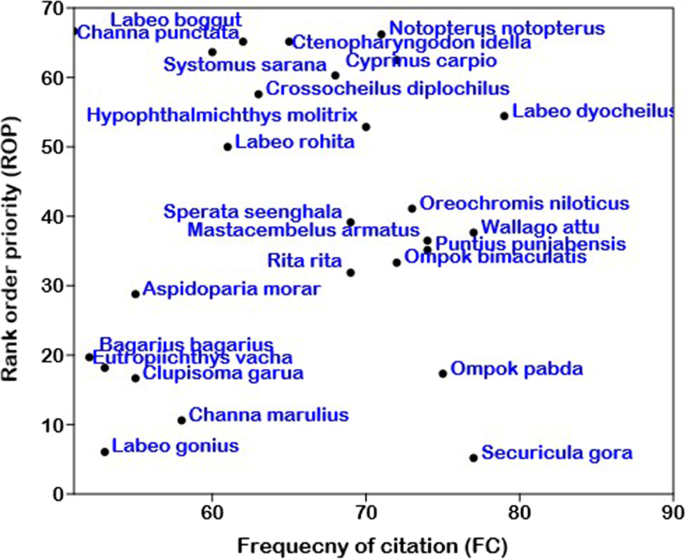
Background Fisheries have tremendous cultural and educational importance in human societies. The world is undergoing fast environmental and cultural changes, and local knowledge is being lost. Understanding how people interpret environmental change and develop practices in response to such change is essential to comprehend human resource use. This study was planned with the intent to document and conserve the knowledge about the uses of the freshwater fish fauna among the residents in South Punjab, Pakistan. Methods Semi-structured interviews and questionnaires were conducted to collect data from informers (N = 88). Principal component analysis, relative frequency citation, fidelity level, relative popularity level, rank-order priority, and similarity index were used to analyze the fish data. Results Overall, a total of 43 species of fishes were utilized in the study region, but only 26 species were utilized ethnomedicinally to treat a variety of illnesses such as asthma, body weakness, burn, chicken pox, cold, cough, eyesight, hepatitis, impotence, joint pain, night blindness, skin burn, spleen treatment, stomach infection, and weakness. The uses of fishes were analyzed employing various indices. The highest use value (UV) of 0.86 was calculated for spotted snakehead (Channa punctata), whereas the lowest UV of 0.05 was attained by karail fish (Securicula gora). Moreover, Channa punctata, Cyprinus carpio, Labeo rohita, Oreochromis niloticus, Wallago attu, Hypophthalmichthys molitrix, Rita rita, Sperata seenghala, Notopterus notopterus, Labeo dyocheilus, Systomus sarana, Puntius punjabensis, Securicula gora, Ompok bimaculatus, and Ompok pabda were the most popular species with RPL = 1.0. Out of the total, 20 species had a “zero” similarity index, while the ethnomedicinal use of 12 species (i.e., Labeo dyocheilus, Labeo boggut, Systomus sarana, Puntius punjabensis, Aspidoparia morar, Securicula gora, Crossocheilus diplochilus, Mastacembelus armatus, Ompok bimaculatus, Ompok pabda, Labeo gonius, and Sperata seenghala) was documented for the first time for a variety of diseases (i.e., body weakness, stomach infection, skin burn, joint pain, impotence, asthma, spleen treatment, and chicken pox). Conclusion Our findings showed that the local people of the study area hold noteworthy traditional knowledge about the medicinal and cultural uses of fish species. Furthermore, a comprehensive analysis of active chemicals and in vivo and/or in vitro activities of chemicals derived from ichthyofauna with the highest FC as well as UVs could be interesting for research on new drugs.

Cross-cultural diversity analysis: traditional knowledge and uses of freshwater fish species by indigenous peoples of southern Punjab, Pakistan

Cross-cultural diversity analysis: traditional knowledge and uses of freshwater fish species by indigenous peoples of southern Punjab, Pakistan, Journal of Ethnobiology and Ethnomedicine

PDF] Body composition of freshwater Wallago attu in relation to body size, condition factor and sex from southern Punjab, Pakistan

Cross-cultural diversity analysis: traditional knowledge and uses of freshwater fish species by indigenous peoples of southern Punjab, Pakistan, Journal of Ethnobiology and Ethnomedicine
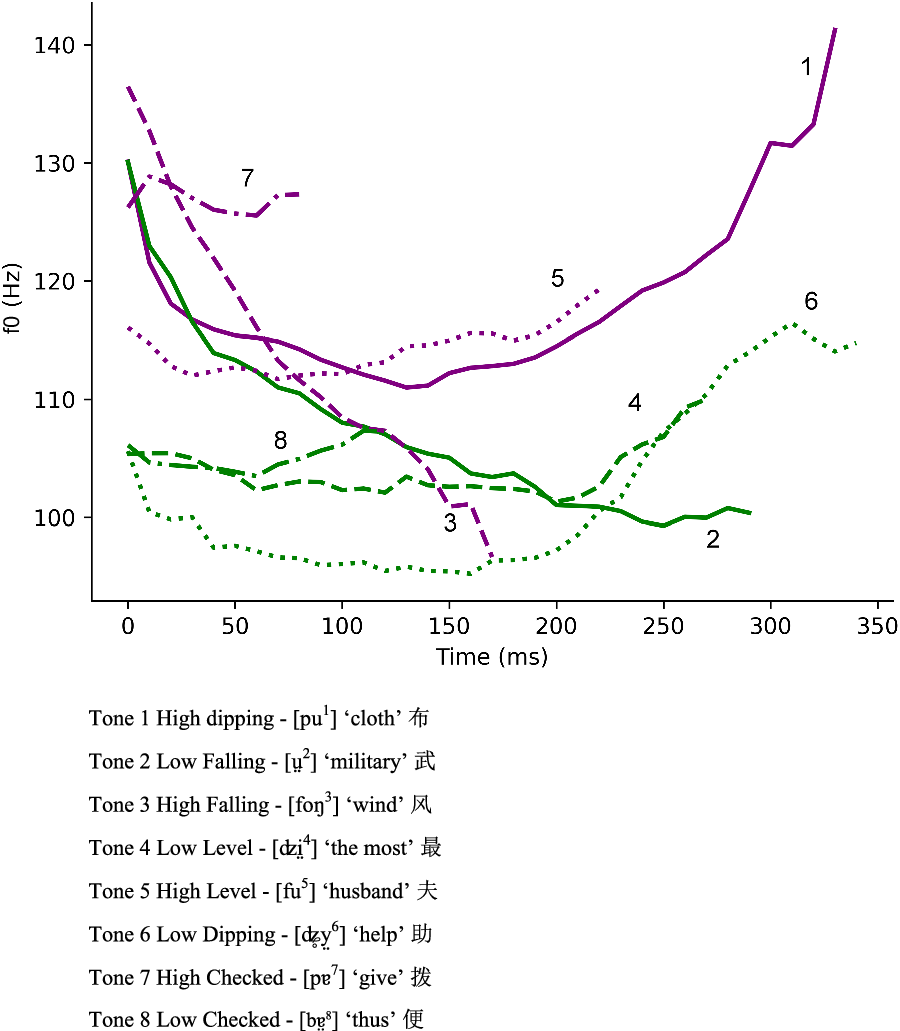
Huangyan Taizhou, Journal of the International Phonetic Association

PAKISTAN NATIONAL FISH - breeze fish point
The medicinal plants of Myanmar
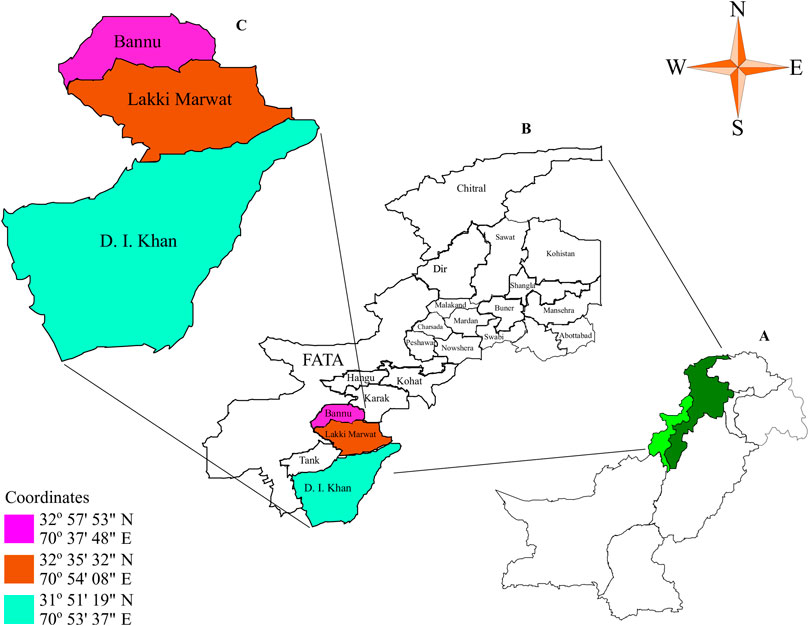
Frontiers Medicinal Animals and Plants as Alternative and Complementary Medicine in Southern Regions of Khyber Pakhtunkhwa, Pakistan

PDF] THE RIVERINE FLOOD CATASTROPHE IN AUGUST 2010 IN SOUTH PUNJAB, PAKISTAN: POTENTIAL CAUSES, EXTENT AND DAMAGE ASSESSMENT

AiPol Police Journal June 2020 by Countrywide Austral - Issuu
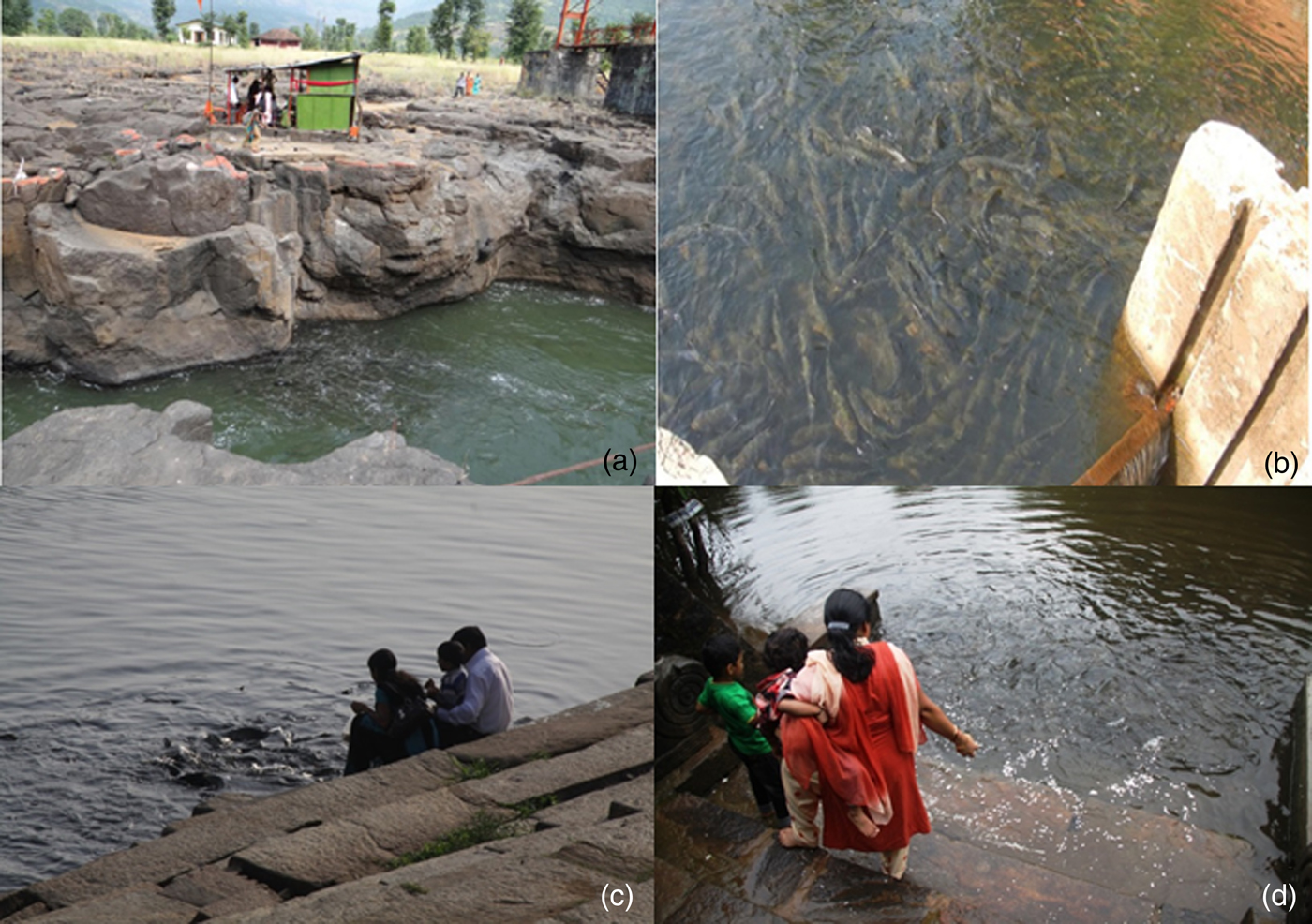
God's fishes: religion, culture and freshwater fish conservation in India, Oryx

Huangyan Taizhou, Journal of the International Phonetic Association

Journal of Ethnobiology and Ethnomedicine 1/2023

image002.jpg

Ethnobotanik und Ethnozoologie im Himalaya und Mittelasien- Indien, Nepal, Pakistan und Uzbekistan
Common Halal and non-halal Sea foods – International Shia News Agency
Fish Fry Recipe Secret Tips, Rahu Fish, machli ko namak lagane aur s
 Strike King Strike King Mr. Crappie Slab Daddy Live Hair Jig
Strike King Strike King Mr. Crappie Slab Daddy Live Hair Jig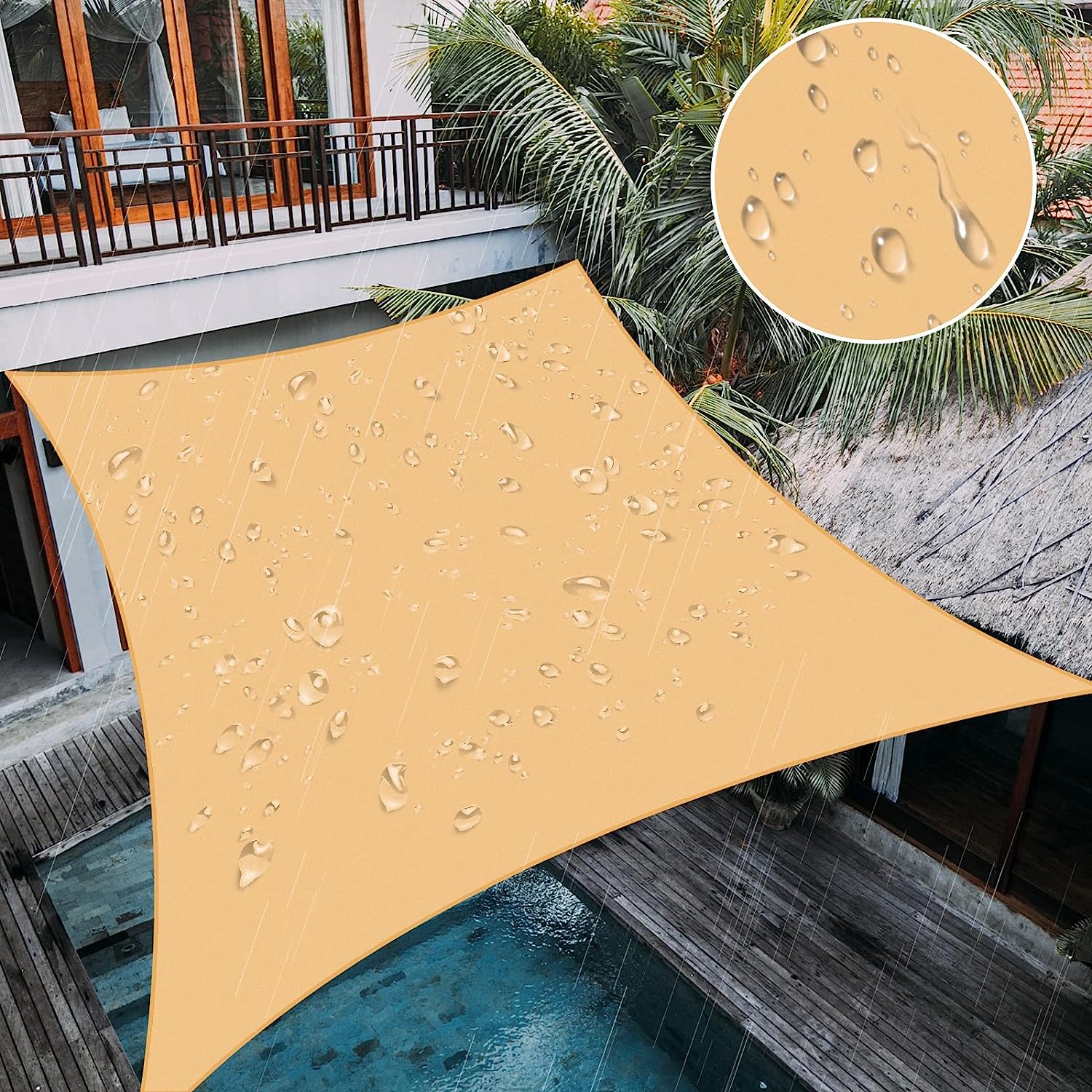 Waterproof Rectangle Shade Sail for Backyard Yard Deck Patio Garden Ou – SUNNY GUARD
Waterproof Rectangle Shade Sail for Backyard Yard Deck Patio Garden Ou – SUNNY GUARD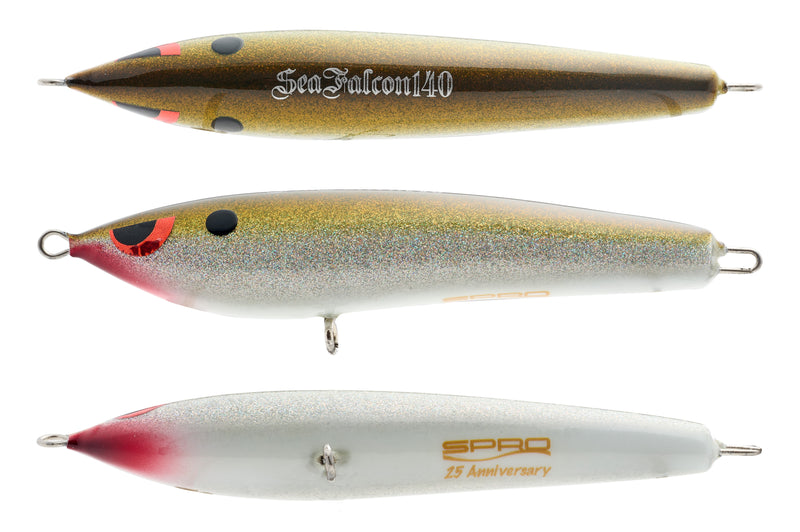 SPRO 25TH ANNIVERSARY FALCON 140
SPRO 25TH ANNIVERSARY FALCON 140 Australian Salmon [Gone Fishing - Fish File]
Australian Salmon [Gone Fishing - Fish File] Hunpta Hats For Kids Toddler Baby Kids Girls Boys Summer Character Sun Cap Hat UPF 50+
Hunpta Hats For Kids Toddler Baby Kids Girls Boys Summer Character Sun Cap Hat UPF 50+ Gemlux Cyber Monday Deal! - The Hull Truth - Boating and Fishing Forum
Gemlux Cyber Monday Deal! - The Hull Truth - Boating and Fishing Forum